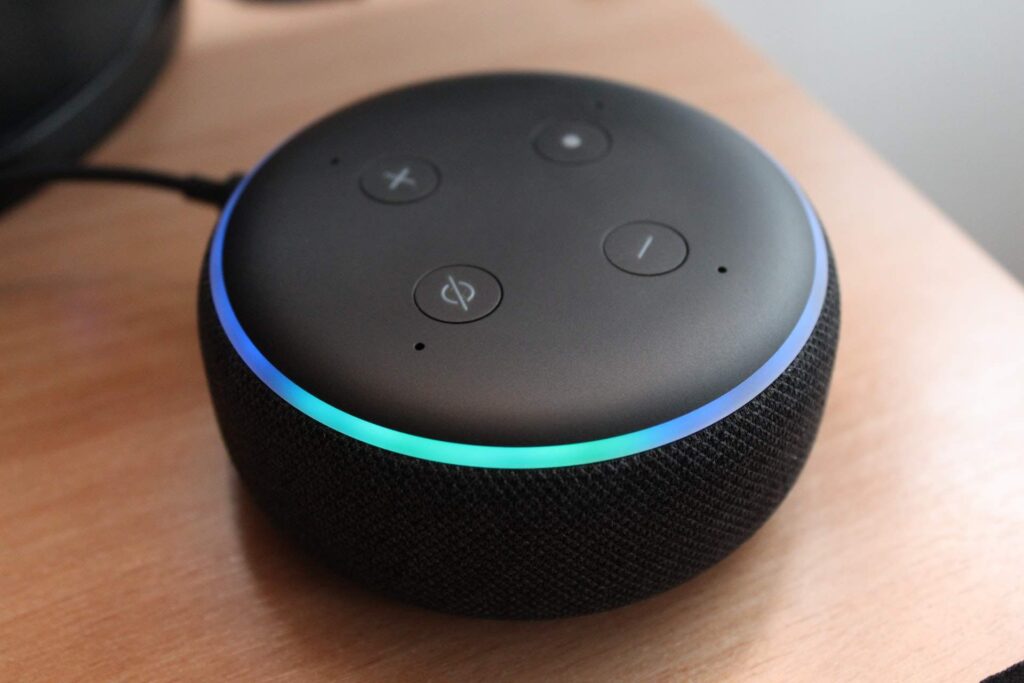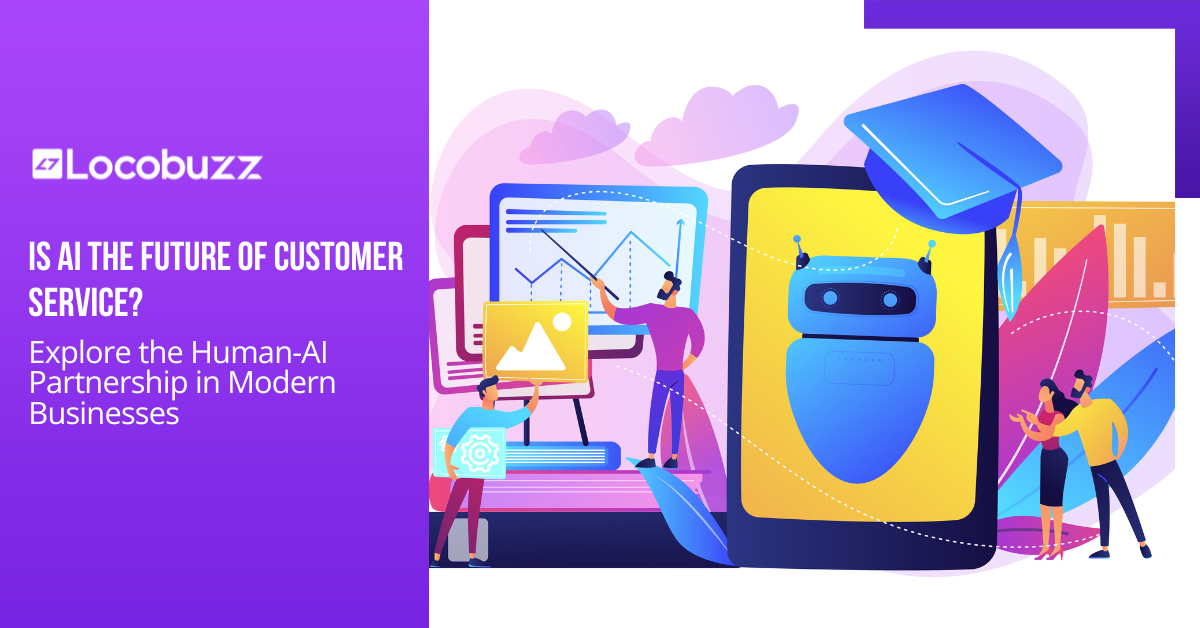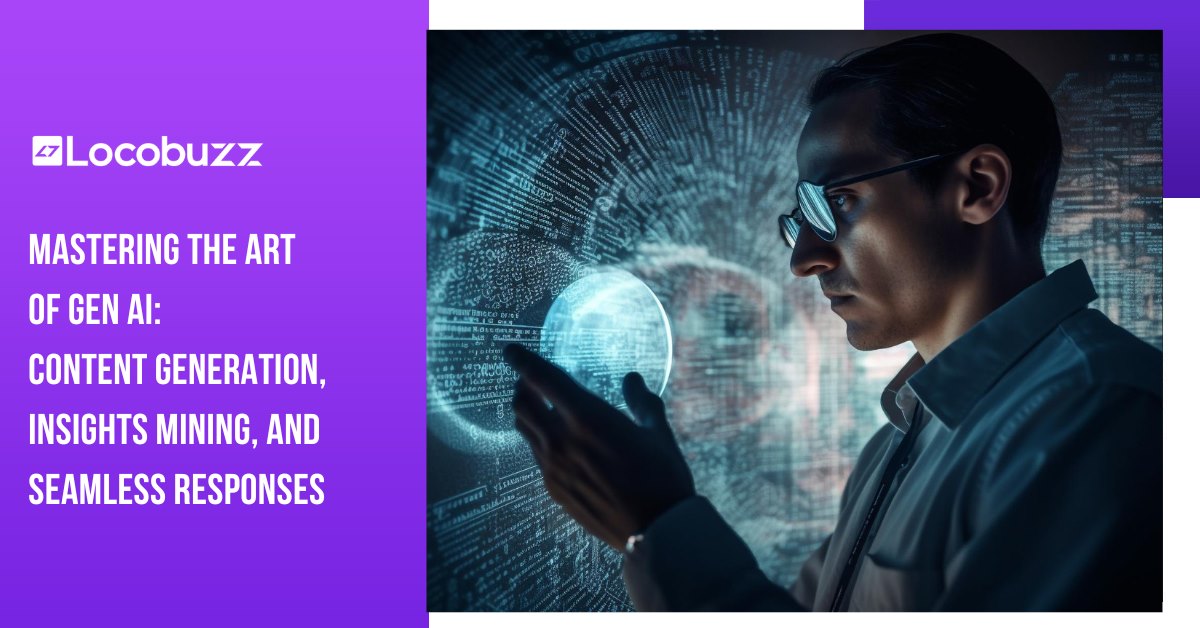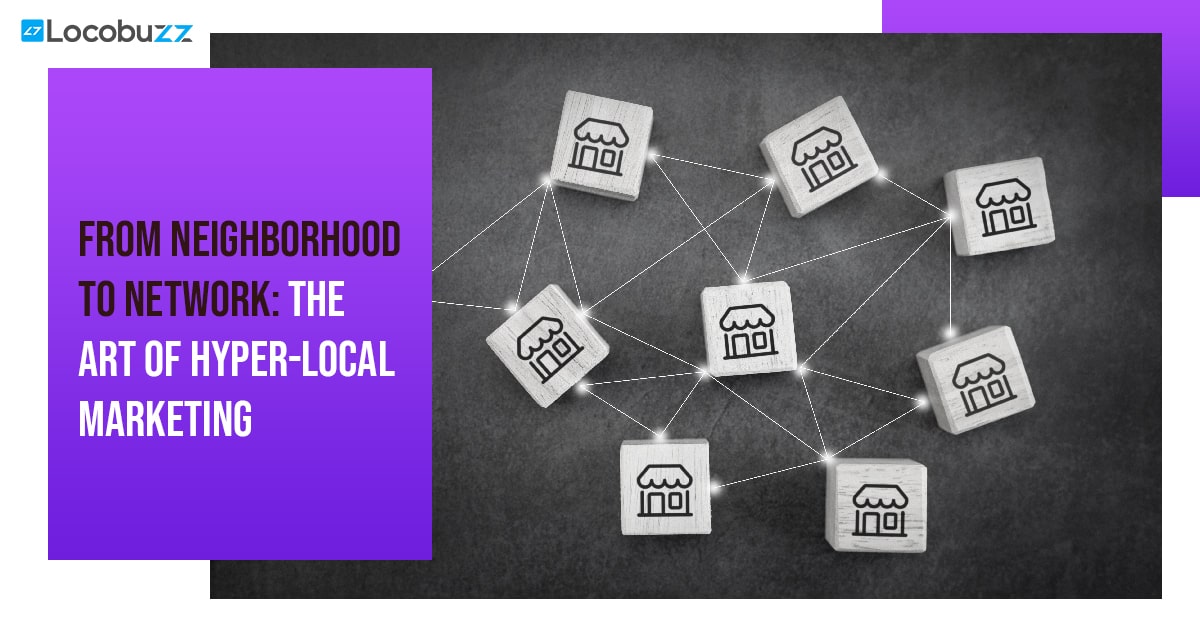Six chatbot mistakes that are making you lose customers

Table of Contents
Why are chatbots important?
During the pandemic, young entrepreneurs embarked on the e-commerce business journey while companies expanded omnichannel marketing. However, when experimenting with new endeavors in a technology-driven space, it’s important to have a deeper understanding of AI-programmed self-service options, or chatbots, for customer retention.
With advanced technology, customers’ demands change on a timely basis. The next generation expects businesses to provide convenient online assistance. For a business to succeed, there cannot be a limitation on customer assistance. A company needs to integrate a chatbot for the website to make the Customer Experience smooth and user-friendly.
Cheaper than applications, a chatbot for a website is cost-effective and has an in-built advantage like chat assistance without any downloads.
Below are some common mistakes to avoid while integrating a chatbot for customer retention.
Inaccurate objectives for chatbot integration
Implementation of a chatbot for a website must be done to achieve what you precisely expect. The main functions of chatbots are:
- Navigating transactions and revenue
- Reducing customer support costs through customer service automation
- Delivering personalized brand engagement to improve customer retention
- Boosting sales
- Development of brand image
Being aware of the objective can help you attract your target audience. Selecting the right chatbot for a website has been a major issue with businesses. Different types of bots make the customer experience more efficient and personal while providing customer satisfaction at different levels.
There are mainly five types of chatbots:
Support chatbots
It is designed to resolve particular issues with the support of context knowledge, natural language processor, personality, and multi-turn capacity. It can guide customers through the business process and resolve a variety of FAQs. However, the speech recognition tool in support chatbot is optional.
Skill chatbots
Designed as a single-turn-type chatbot, it can follow or act on the audio command to perform using powerful natural language processing features, such as Alexa.

Assistant chatbots
Assistant bots are also designed for detailed interactions and answering FAQs in addition to fetching information. It helps in preparing google searches, putting up reminders on command, and giving fun responses on not understanding the user query for maintaining user interest like, Apple’s Siri.
Transactional chatbots
Its main objective is to automate a transaction; providing an instant and convenient channel for one particular purpose to simplify the user experience. It also executes a limited number of specialized processes such as placing customers’ orders or making any reservation online.
Informational chatbots
It acts as a research agent and gathers information from customers or internet resources like a website or an eBook.
Conversational chatbots
Most chatbots are designed to interact with humans and remember user data; conversational chatbot functions are mainly advanced using innovative solutions such as artificial intelligence & machine learning.
Also, Read Chatbots in 2021: Why They’re More Important Than Ever!
Underutilization of chatbots
Due to less knowledge of chatbots, businesses generally do not use them optimally. One of the advantages of integrating a chatbot for websites is that along with satisfying customer service needs, chatbots can also function as a marketing tool for promoting products and improving sales. It attracts shoppers with reminders, graphics, welcome greetings, discount offers, and recommending relevant & personalized products.
Inaccurate answers
Every chatbot is designed differently. Most of them are smart and spontaneous enough to respond based on keywords while some repeat answers with wrong information. If the chatbot is not designed to keep the target audience in mind, it won’t interact with all customers like humans, may sound too robotic, and provide repetitive answers. This can be solved after testing the chatbot continually and by feeding the chatbot with all possible queries as well as pop ensuring an acceptable predefined response.
Lengthy chatbot context
Primarily, chatbots are used to save customers’ time. This is one reason customers prefer live chat. Therefore, to avoid this mistake, you can design your chatbot in a way that resolves queries with graphical widgets rather than text. You can also provide numbered options in text for customers to choose from.
Absence of creativity in chatbot personality
A chatbot character reflects on how effective the user experience is. Lengthy text, answers, or inability to understand queries can frustrate users. Lack of a chatbot persona can take a toll on chatbot objectives, communication strategy, brand image, and the nature of the target group. To resolve this issue, companies can first analyze the target audience considering their expectations, lifestyle, language style, preferences, etc. They can then choose a unique name outlining the chatbot’s character.
Unable to finish the process
A chatbot is useful when it can handle the entire process. From placing customers’ orders, reservations, and booking to the payment process within a minute. Too many complicated steps in the process without finishing the task can lead to customer disappointment. For instance, if the customer uses the chatbot to book a cab, they should be able to complete the payment transaction over the chatbot itself instead of paying the driver.
Also, Read Understanding Chatbots, the New Buzzword
Conclusion
One of the few trends that might transform the digital age is the integration of a chatbot for customer retention and voice interface technology. With AI development, a chatbot for a website can be a great tool for customer experience & retention and ease up digital marketing efforts. Hopefully, the aforementioned facts help you to avoid basic mistakes while integrating a chatbot for the first time.






















